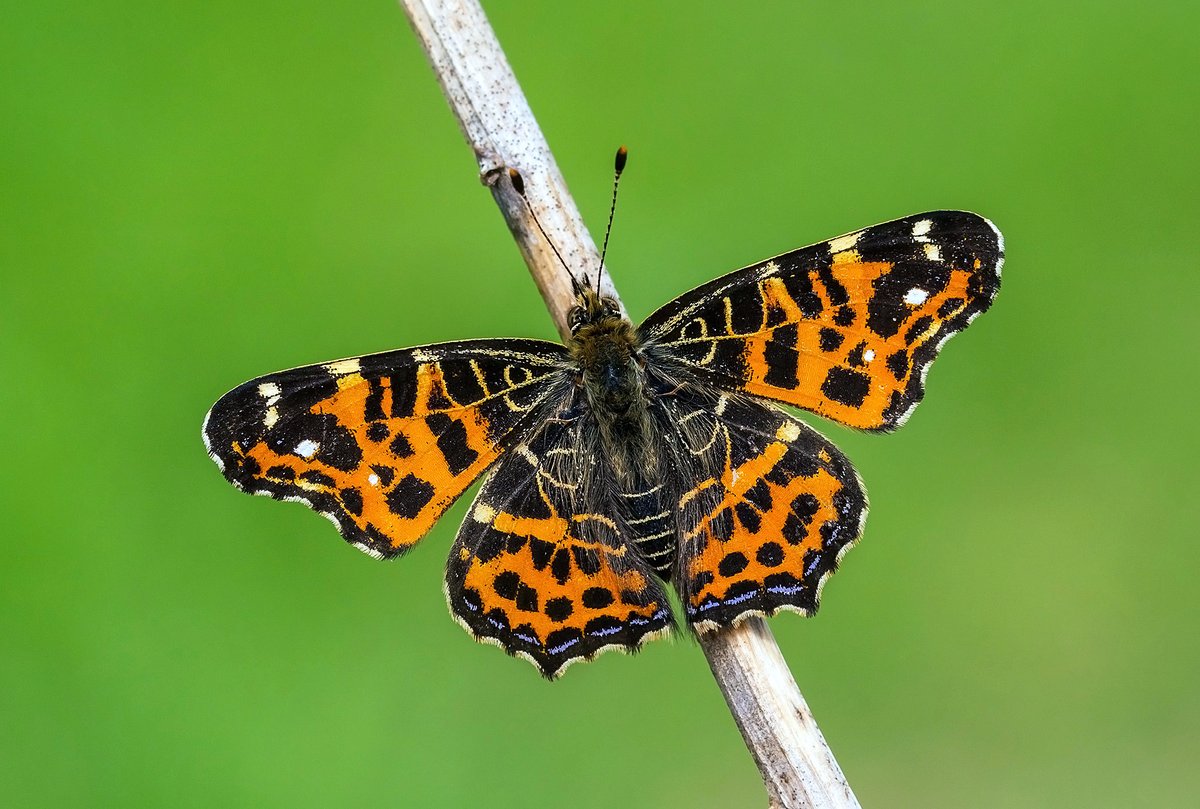A major new European Union (EU) Pilot Project will monitor population trends of butterflies to assess the health of the environment and inform future EU biodiversity and agricultural policies.
Butterfly populations are highly sensitive to environmental change, providing an early warning of impacts on ecosystems. This new study of population trends in different habitats across Europe will assess biodiversity loss and the impact of climate change and land use intensification.
The project, ABLE (Assessing Butterflies in Europe), is a partnership between Butterfly Conservation Europe, the Centre for Ecology & Hydrology (UK), the Helmholtz Centre for Environmental Research (Germany), Dutch Butterfly Conservation (The Netherlands) and Butterfly Conservation (UK). The team will work with partners across the EU. It is being funded by the EU for an initial period of two years.

The new project will aim to assess the fortunes of butterflies Europe-wide, including the iconic European Map (Tamás Nestor).
Butterflies are already regularly monitored with the help of thousands of volunteers in 11 EU countries. The new project will build on the data collected by these existing networks and expand monitoring to cover at least eight additional EU countries, focusing on those in southern and eastern Europe. This will provide more representative trends across Europe from which to assess the health of the environment and inform EU policies, including the EU Biodiversity Strategy to 2020 and the Common Agricultural Policy. The data will also contribute to the assessment of the health of Europe's pollinators as part of the EU Pollinator Initiative.
Dr David Roy of the Centre for Ecology & Hydrology, who leads the partnership, said: "By using data gathered systematically by thousands of volunteers, we will produce high-quality information on butterfly populations across Europe. We will use this to produce trends for species in grassland, woodland and wetland habitats as well as an overall measure of the state of Europe's butterflies.
"We will also examine the impact of climate change and the impact of EU policies and initiatives such as the Natura 2000 network of protected sites and the Common Agricultural Policy."
Mihail Dumitru, Deputy Director General of DG Agriculture and Rural Development, European Commission, added: "Many important habitats for butterflies and other pollinators, such as semi-natural grassland, occur on agricultural land, and we welcome this Pilot Project to extend butterfly monitoring and work on developing new indicators of biodiversity."
Dr Chris van Swaay, Chair of Butterfly Conservation Europe, said: "Butterflies are highly sensitive indicators of environmental change. They also represent insects which are vital parts of the food chain as well as being important pollinators. There has been widespread concern about the decline of insects in recent years and the project will give us a more comprehensive assessment across several EU Countries of a high profile component of this critical group."
No comments:
Post a Comment